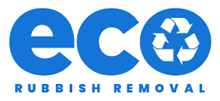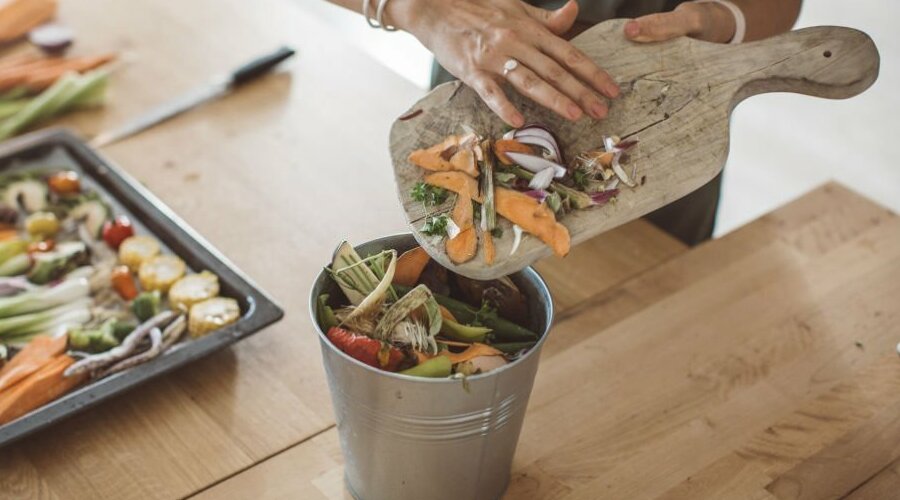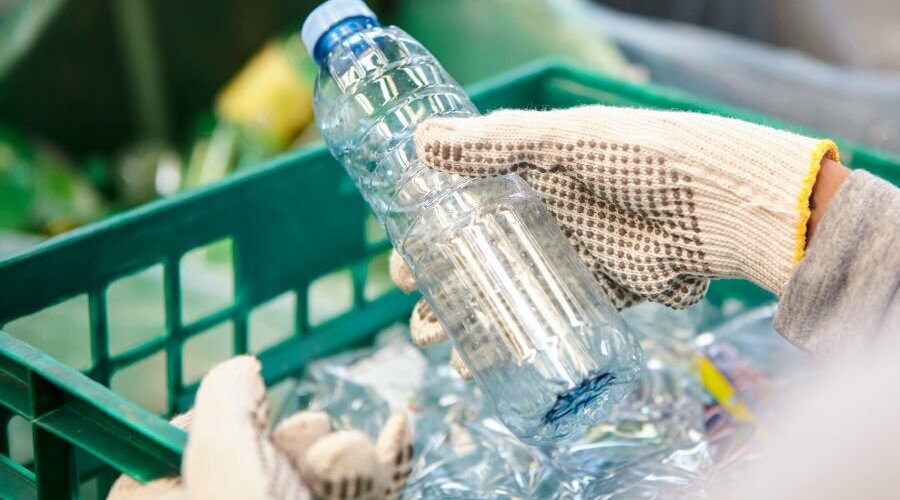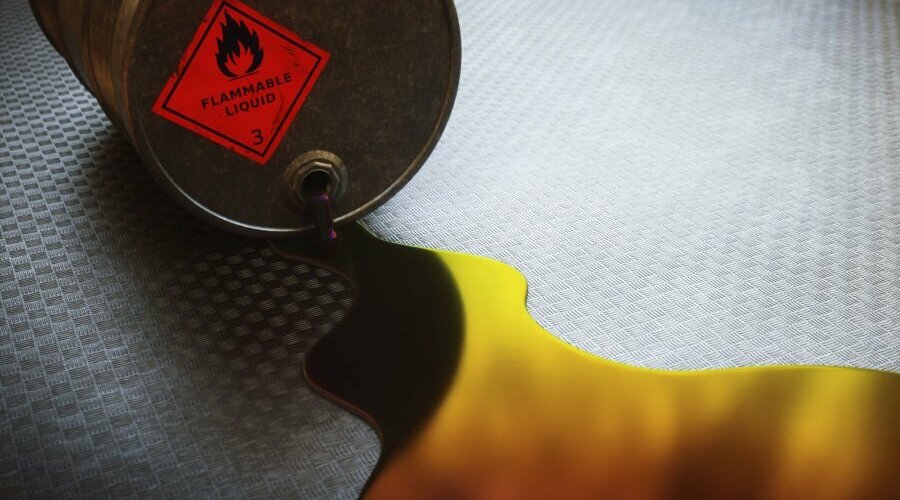Safety Tips for Dealing with Waste Removal
Safeguarding Your Wellbeing and Home against Potential Dangers
Removing and disposing of rubbish from your home can be a hazardous task if proper safety precautions are not taken.
From sharp items to chemicals to overexertion, there are many potential risks involved with DIY rubbish removal.
By following these simple safety tips from Eco Rubbish Removal, you can protect both yourself and your home during the rubbish-clearing process.
The Dangers of DIY Rubbish Removal
Before we get into the specific safety advice, it’s important to understand the kinds of dangers that rubbish removal presents. Some of the most common hazardous materials include:
Sharp Stuff
Broken glass, exposed nails, scrap metal, and other sharp items can easily cut or puncture skin. Even essential items like tin cans with sharp edges can cause nasty cuts when handling rubbish.
Toxic substances
Chemical cleaners, vacuum cleaners, batteries, paint tins, pesticides, and other hazardous substances are often improperly disposed of in general waste like food waste, paper, household items, and garden waste. They can leak and expose you to the toxins.
Heavy lifting
Lifting and carrying large, bulky items like power tools, furniture, or appliances like washing machine and fridges can lead to painful muscle strains and back injuries. Attempting to lift something too heavy or large can seriously hurt you.
Germs and bacteria
Rotting food, dirty nappies, and yard waste all contain germs that can cause illness if you’re exposed without protective equipment. Things like mould and animal faeces can also trigger allergic reactions like cleaning the swimming pool.
Dangerous wildlife
Rodents, venomous spiders, and even snakes sometimes live in or around rubbish piles. Disturbing their environment can provoke aggressive behaviour and bites.
As you can see, clearing out rubbish seems simple on the surface but can quickly turn hazardous if proper precautions aren’t taken. The good news is there are several easy ways to handle rubbish safely.
Rubbish Removal Safety Tips
Here are some key tips to keep in mind for safe DIY rubbish removal:
Use Protective Gear
Wearing the right protective clothing and equipment can prevent many rubbish removal injuries:
- Thick gloves – Leather or rubber gloves protect your hands from sharp things, chemicals, bacteria, etc.
- Closed toe shoes – Use sturdy footwear. Avoid sandals or bare feet which are prone to puncture wounds or bruising from heavy stuff.
- Long sleeves and pants – Cover limbs fully to prevent scrapes and skin irritation.
- Safety goggles – Protect eyes from debris, dust, liquids splashing, etc.
- Dust mask – Prevent inhalation of fine particulates, fibres, and germs.
- Back brace – Provides extra back support when lifting heavy objects.
Sort and Separate Waste
Go through the rubbish and sort it before attempting removal. Separate out any hazardous items like chemicals, sharp objects, or heavy materials. This allows you to dispose of health dangerous rubbish properly while lightening the load for the rest of all types of waste as it may cause health risks.
Use Proper Lifting Technique
When lifting heavy objects, follow these safe lifting steps:
- Get as close to the load as possible.
- Keep your feet shoulder-width apart for balance.
- Tighten abdominal muscles and squat down.
- Lift your legs by straightening them, keeping your back straight.
- Hold the load tightly and close to your body.
- Move your feet when turning rather than twisting your body.
Watch for Wildlife
Check around outdoor rubbish piles for signs of animals living in or under them before clearing. Make noise from a safe distance to encourage animals like possums to vacate before you start. Use tools like rakes and shovels to shift piles and avoid direct contact. Wear protective clothing in case you encounter snakes which may lash out if threatened. Retreat and call animal control if you spot any dangerous or aggressive animals.
Work Methodically
Don’t rush and overload yourself in an effort to get rubbish removal done quickly. Work slowly and carefully, taking breaks as needed. Hydrate frequently and listen to your body – stopping immediately if you feel any pain or discomfort.
Sanitise Afterwards
Once rubbish is cleared, thoroughly wash your hands, arms, and any other exposed skin. Use antibacterial soap and warm water to scrub away germs. Also, shower and launder clothing that may have been contaminated during rubbish removal. This prevents the spread of bacteria picked up from waste.
Protecting Your Property from Rubbish Removal Dangers
In addition to personal safety, you also need to take steps to protect your property during the rubbish clearing process. Follow these guidelines:
- Clear a path and open exits before starting so you can remove rubbish safely without bumping walls or furnishings.
- Cover floors and carpets with a tarp or spare sheets in case of spills or drips from rubbish bags.
- Use towels or cardboard to pad doorways and wall corners when taking bulky stuff out to prevent scuffs and dents.
- Work in small sections, fully clearing and cleaning each area before moving remaining rubbish like household waste through.
- Check for and repair any damage left behind like nail holes or scraped paint so it doesn’t get worse.
- Disinfect any surfaces, floors, walls or furniture exposed to waste residue using antibacterial cleaners.
By keeping your home’s interior protected as you work, you’ll get the junk removed without creating costly property damage too.
When to Call Rubbish Removal Professionals
For large rubbish removal projects, or situations with significant hazards involved, sometimes it’s safest to call in professional junk haulers. Here are instances when experts are advisable:
- Clearing an entire house of contents like during a move or renovation.
- Disposing of construction, demolition or renovation debris.
- Removing old furniture, appliances, mattresses or other large stuff.
- Clearing out a long-neglected cluttered property.
- Removing significant amounts of hazardous material like chemicals or asbestos.
- Dealing with vermin infestations in rubbish piles.
- Clearing blocked drains or hauling away tree branches.
The disposal fees for junk removal and other professional services are often worth it to have the job handled quickly and safely. Plus, they take responsibility for proper hazardous material disposal.
Rubbish Removal Safety Starts with You
While junk hauling has inherent hazards, educating yourself and taking the right precautions reduces the risks significantly. By focusing on protective gear, safe lifting, caution with wildlife and sanitation, you can tackle DIY rubbish removal without injury or property damage. And when in doubt, don’t hesitate to call in professional reinforcements.
Following these safety tips, you can clear out clutter from your home while avoiding the headaches of harm. Just use common sense and listen to your body. Stay alert and informed. Also, your rubbish removal experience will be quick, efficient and safe for both you and your home.
Rubbish Removal Safety FAQs
What items should you not attempt to remove yourself?
Anything too large, too heavy or hazardous should be left to professional junk removers. This includes construction debris, asbestos, chemicals, fuel or gas containers, broken glass and other sharps, infested materials, tree stumps, boulders, vehicle parts, etc.
How can you avoid back injury from lifting
Use proper lifting form by bending knees, keeping back straight, holding loads close to your body and turning feet rather than twisting. Get help moving heavy things. Use dollies or other rolling devices for large appliances and furniture.
What should you do if you encounter wildlife in rubbish?
Retreat to a safe distance and make noise to encourage animals to leave on their own. Do not attempt to touch or capture wildlife. Call animal control if dangerous animals don’t vacate or roam into living areas of your home.
How should you dispose of chemicals, batteries and other hazardous waste?
Never mix these with regular rubbish. Find a local hazardous material collection center or recycling event to properly dispose of dangerous materials. Some municipalities offer at home pick up for certain hazardous stuff.
Can you put out rubbish that won’t fit in your bins?
Check your local council rules. Some allow extra rubbish bags or bundles placed next to bins on pickup day for additional fees. Or request an additional bin. Just don’t illegally dump large items roadside which can incur fines.
What should you do about vermin living in rubbish piles?
Do not disturb piles by hand if you see signs of rats, mice, cockroaches etc. Call pest control to clear and sanitize the infested area, then remove rubbish once it’s declared safe. Always wear protective clothing during removal to avoid bites or disease exposure.
Conclusion
Rubbish removal is a chore that seems simple, but dangers often lurk beneath the surface.
Don’t let the junk pile up to hazardous levels.
By informing yourself on safety measures and utilizing the proper precautions, you can clear the clutter with confidence.
Your home and body will thank you for taking the time to dispose of rubbish carefully and responsibly.
Follow these tips, and you can handle your removal project smoothly while avoiding unnecessary risk or injury.
Work smart, stay protected, and reclaim your space for the better.



